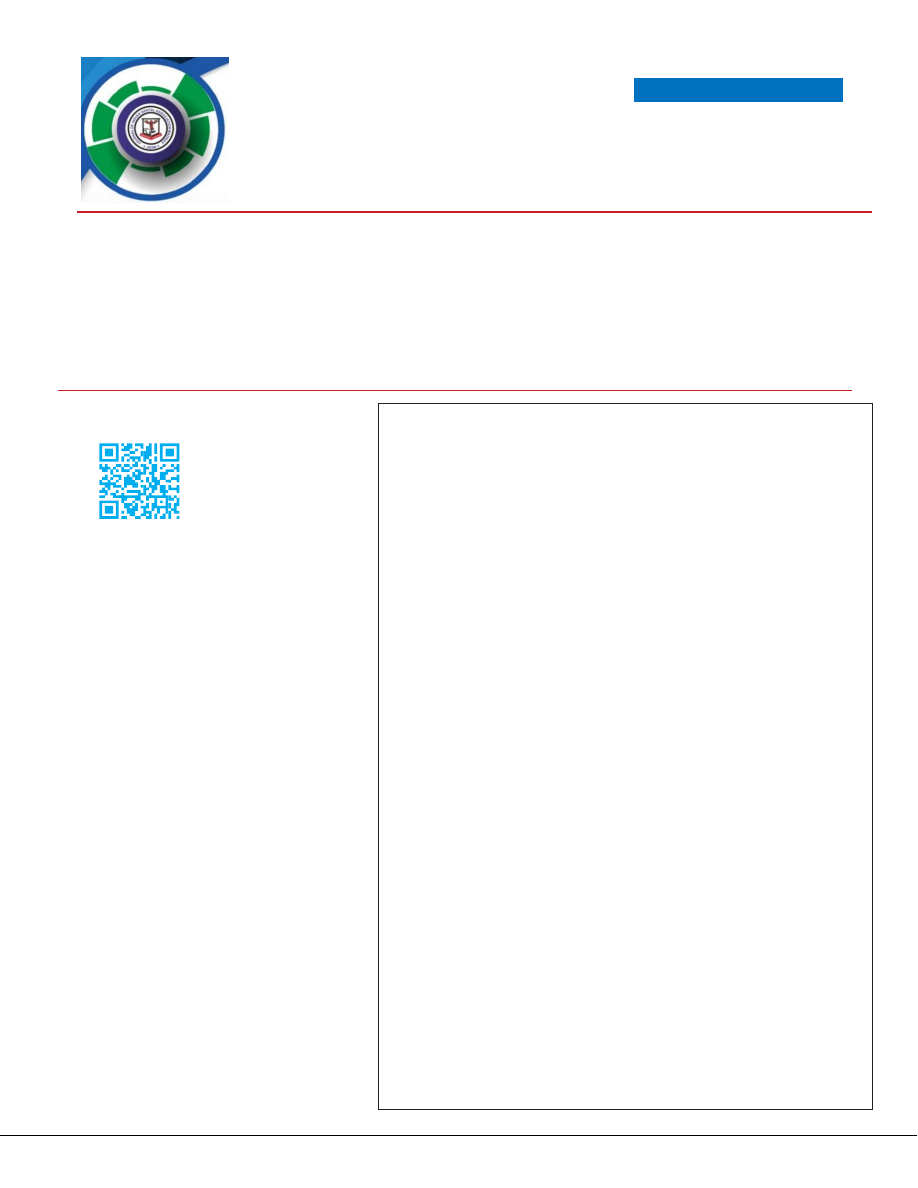
JIDAM “An Official Journal of IDA - Madras Branch”©2021. Available online
ISSN No: 2582-0559
KNOWLEDGE, ATTITUDE AND PRACTICES OF DENTAL
STUDENTS AND PRACTITIONERS TOWARDS CONSCIOUS
SEDATION - A CROSS-SECTIONAL STUDY
Dr.Vinita Mary. A, Dr. Kesavan. R, Dr. Keerthiga. B, Dr. Neelofar Begum.A , Dr. Sathya.K, Dr. Malleswari.M.D
Department of Public Health Dentistry, Thai Moogambigai Dental College and Hospital, Chennai, Tamil Nadu, India.
Address for Correspondence
Dr. Vinita Mary. A, MDS
Professor and Head,
Department of Public Health Dentistry,
Thai Moogambigai Dental College
and Hospital, Chennai, Tamil
Nadu, India.
Email id: viniebe@gmail.com
ABSTRACT
BACKGROUND:
Dental professionals work effectively and efficiently to
impart a positive behavioral attitude towards dental treatment in children
with oral health care needs. The main objective of sedation in pediatric
dentistry is to reduce fear, minimize physical discomfort and control
behavior for dental procedures. The present study was carried out to
evaluate the knowledge, attitude and practices of dental students and
practitioners towards conscious sedation.
METHODS:
A descriptive cross-sectional survey was conducted among
384 dental professionals that included undergraduate, postgraduate dental
students and dental practitioners across Tamil Nadu, India. The data was
collected through self-constructed questionnaires consisting of 28 questions
in English and circulated via online platform on account of COVID-19
pandemic. Every respondent was informed of the purpose of the study and
participation was purely voluntary.
RESULTS:
The mean age of the study participants was found to be 25.99 ±
12.34 years (mean ± S.D) comprising of 184 (48%) males and 200 (52%)
females. Majority of the study participants acquired knowledge about
conscious sedation through dental curriculum only. About 46.1% considered
conscious sedation over general anesthesia for all dental procedures like
restoration, scaling, minor bone fractures and minor surgeries, 40.1%
preferred midazolam and 78.4% recommend Nitrous oxide sedation as
effective technique. Most of the study participants believed oral sedation
was easier to administer, required less expertise and skill with minimal or
no complication.
CONCLUSION:
This study reveals lacunae in adequate knowledge and
understanding among the practitioners. The result of this study thus
provides an insight on need for strategies like incorporating guidelines in
dental curriculum, organizing continuing dental education programs and
workshops to provide knowledge and incorporate positive attitude among
the dental professionals to offer effective conscious sedation in children
necessitating oral health care.
KEYWORDS:
Dental anxiety, Midazolam, Pediatric dentistry, general
ORIGINAL ARTICLE
Received:
12.08.2021
First Published:
14.09.2021
Accepted:
11.09.2021
Published:
27.09.2021
Volume No: 8, Issue No: 3
93
DOI: 1.37841/jidam_2021_V8_I3_01